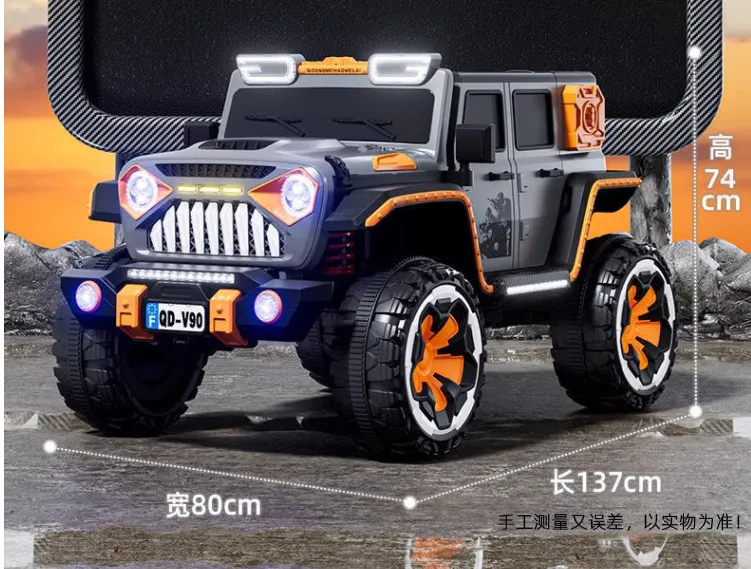
- Afrikaans
- Albanian
- Amharic
- Arabic
- Armenian
- Azerbaijani
- Basque
- Belarusian
- Bengali
- Bosnian
- Bulgarian
- Catalan
- Cebuano
- Corsican
- Croatian
- Czech
- Danish
- Dutch
- English
- Esperanto
- Estonian
- Finnish
- French
- Frisian
- Galician
- Georgian
- German
- Greek
- Gujarati
- Haitian Creole
- hausa
- hawaiian
- Hebrew
- Hindi
- Miao
- Hungarian
- Icelandic
- igbo
- Indonesian
- irish
- Italian
- Japanese
- Javanese
- Kannada
- kazakh
- Khmer
- Rwandese
- Korean
- Kurdish
- Kyrgyz
- Lao
- Latin
- Latvian
- Lithuanian
- Luxembourgish
- Macedonian
- Malgashi
- Malay
- Malayalam
- Maltese
- Maori
- Marathi
- Mongolian
- Myanmar
- Nepali
- Norwegian
- Norwegian
- Occitan
- Pashto
- Persian
- Polish
- Portuguese
- Punjabi
- Romanian
- Russian
- Samoan
- Scottish Gaelic
- Serbian
- Sesotho
- Shona
- Sindhi
- Sinhala
- Slovak
- Slovenian
- Somali
- Spanish
- Sundanese
- Swahili
- Swedish
- Tagalog
- Tajik
- Tamil
- Tatar
- Telugu
- Thai
- Turkish
- Turkmen
- Ukrainian
- Urdu
- Uighur
- Uzbek
- Vietnamese
- Welsh
- Bantu
- Yiddish
- Yoruba
- Zulu
Aug . 13, 2024 00:32 Back to list
Guide to Properly Adjusting Your Mountain Bike Derailleur for Optimal Performance and Smooth Shifting
How to Adjust the Derailleur on Your Mountain Bike
Maintaining a mountain bike requires a range of skills, one of which is properly adjusting the derailleur. A derailleur plays a crucial role in the shifting system of your bike, allowing you to change gears smoothly. If you find that your bike is not shifting correctly, it may be time to adjust the derailleur. In this article, we will discuss how to do this step-by-step.
Understanding the Basics
Before diving into the adjustment process, it’s essential to understand how a derailleur works. The derailleur is a mechanism that moves the chain from one gear to another on the cassette and chainrings. The two main types of derailleurs are front and rear. The rear derailleur is usually adjusted more frequently as it is responsible for most of the gear changes.
Tools You'll Need
To adjust your derailleur, you will require a few tools - A screwdriver (usually a Phillips and a flat-head) - An Allen wrench - A bike lubricant - A tire pump for pressure checks
Step-by-Step Adjustment
1. Inspect the Derailleur Start by inspecting the derailleur for any visible signs of damage or excessive dirt. Ensure that the derailleur hanger is straight. If it’s bent, you may need to realign it using a derailleur alignment tool.
how to adjust derailleur mountain bike

2. Check Cable Tension Shift to the smallest chainring at the front and the largest at the back. This position relieves tension on the cable. Check if the cable is frayed or worn; if it is, replace it. If the cable seems okay, examine the tension. You can increase tension by turning the barrel adjuster (located on the derailleur or shifters) clockwise.
3. Adjust Limit Screws Limit screws prevent the chain from shifting beyond the smallest and largest gears. There are two screws to adjust the ‘H’ screw limits the high gear (smallest cog), and the ‘L’ screw controls the low gear (largest cog). Shift the chain to the high gear and adjust the ‘H’ screw until the derailleur is just aligned with the smallest cog. Then, shift to the low gear and adjust the ‘L’ screw, ensuring the derailleur is properly aligned with the largest cog.
4. Test the Shifting After adjusting the limit screws, test the shifting. Shift through all the gears to see if the derailleur responds correctly. If the chain skips or doesn’t shift to a specific gear, further cable tension adjustments may be necessary.
5. Fine-Tuning If you notice any delays in shifting or if the chain falls off, you may need to make finer adjustments. Use the barrel adjuster to add or relieve tension as necessary. Small adjustments can make a big difference, so make changes gradually and test the shifts after each adjustment.
6. Lubricate and Final Check Once you are satisfied with the adjustments, clean and lubricate the derailleur and chain to ensure smooth operation. Also, check your tire pressure and brakes as they are integral to your bike’s overall performance.
Conclusion
Adjusting the derailleur on your mountain bike may seem daunting at first, but with the right tools and a little patience, it can be done. Regular maintenance will not only improve your bike’s performance but also extend its lifespan. Keep practicing these adjustments, and soon, you’ll be proficient in maintaining a perfectly functioning derailleur system, allowing you to enjoy a smoother and more efficient ride on your mountain biking adventures. Happy cycling!
-
The Ultimate Kids' Four-Wheeler Experience
NewsJul.09,2025
-
The Ultimate Guide to Mountain Bikes: Gear Up for Your Ride
NewsJul.09,2025
-
The New Age of Cycling: Electric Bikes for Every Rider
NewsJul.09,2025
-
The Best Kids Bicycles: Ride in Style and Safety
NewsJul.09,2025
-
The Best 3-Wheel Scooters for Kids: Fun, Safety, and Adventure
NewsJul.09,2025
-
Revolutionize Your Ride: Affordable Electric Bikes
NewsJul.09,2025
-
Finding the Perfect Mountain Bike for Every Rider
NewsJul.09,2025



